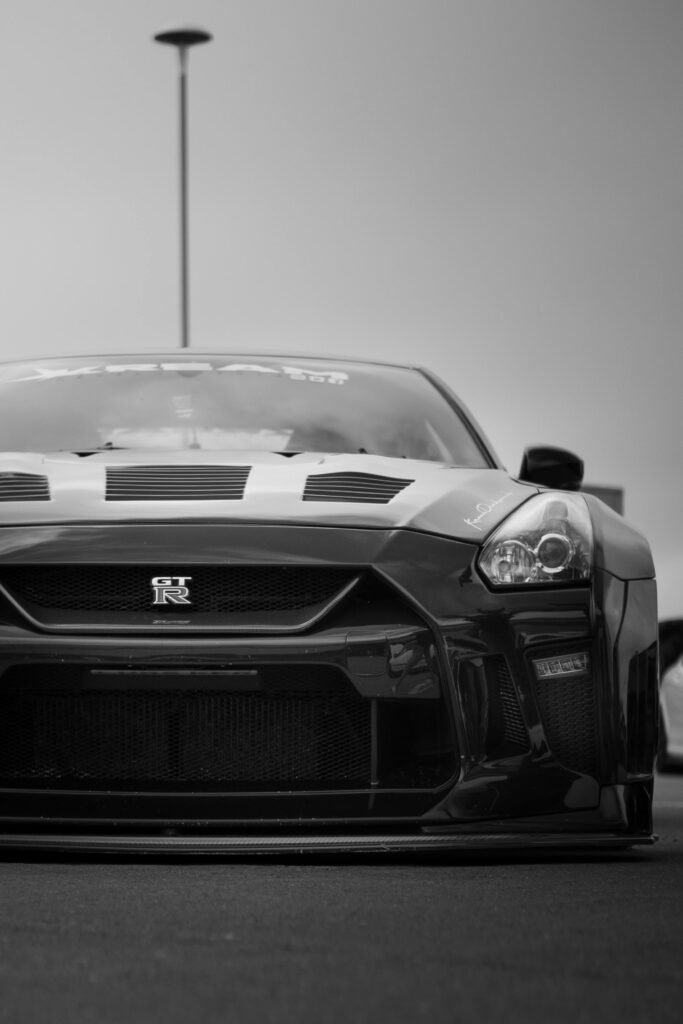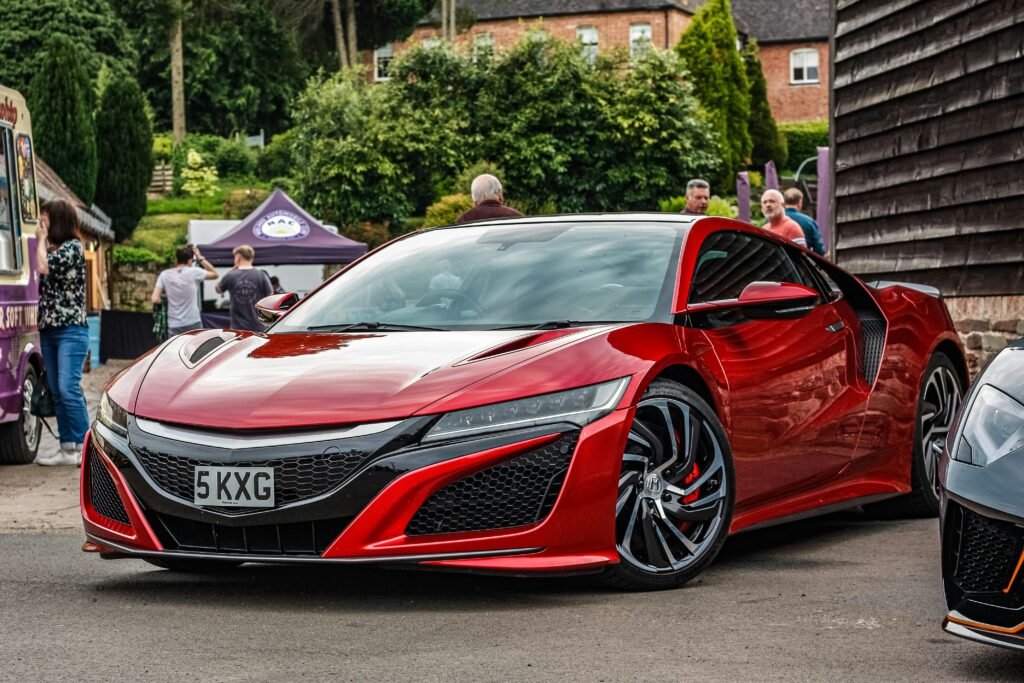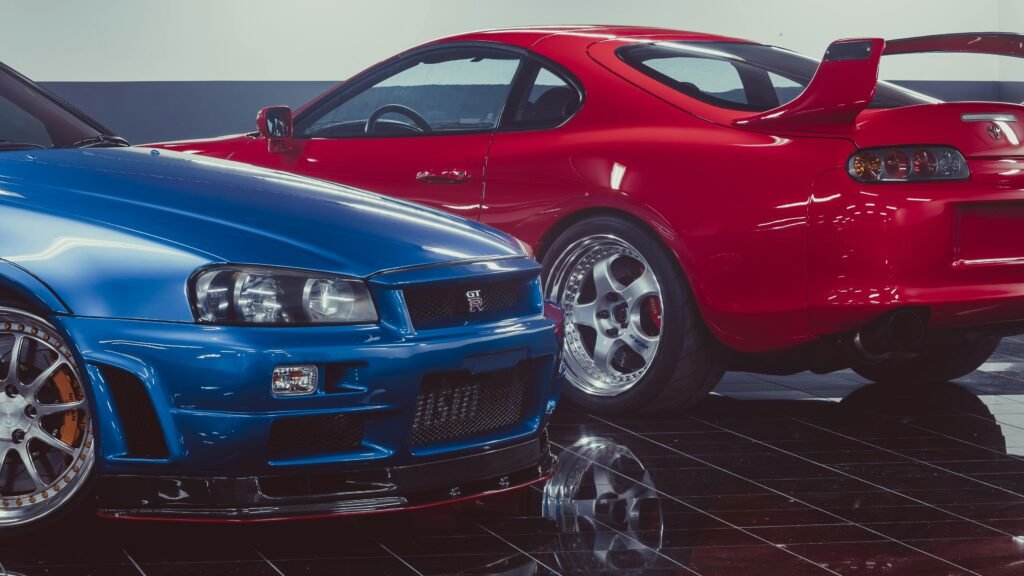Introduction
Car enthusiasts have been arguing about this for decades—JDM (Japanese Domestic Market) vs. European sports cars. Which one reigns supreme? Both sides have their die-hard fans, and honestly, both have their strengths and weaknesses. But let’s break it down and see if we can settle the score once and for all. Buckle up!
Performance
Both JDM and European cars have some serious contenders when it comes to the question of performance. If we look at numbers alone, high-end European sports cars, like the Porsche 911 Turbo S, Ferrari 488 Pista, or the Audi R8, tend to dominate with monstrous horsepower, insane top speeds, and blistering lap times (Car and Driver, “European vs. Japanese Cars: Which is More Reliable?”). These machines are built with cutting-edge technology, often coming with hybrid assist, dual-clutch transmissions, and all-wheel-drive setups that deliver ridiculous amounts of grip.
On the flip side, JDM cars tend to focus on a different kind of performance—balance and driver engagement. The Nissan GT-R (aka Godzilla) has consistently punched above its weight, keeping up with and even beating European supercars at a fraction of the cost (MotorTrend, “The Evolution of the Nissan GT-R”). Then there’s the legendary Toyota Supra, Mazda RX-7, and Honda NSX—cars that may not always win in raw power but are known for their agility, tuning potential, and sheer driving enjoyment.




Reliability & Maintenance Costs
Let’s be real—European sports cars are amazing, but they come with a hefty price, not just in the showroom but in maintenance as well. Brands like BMW, Porsche, and Ferrari use advanced engineering and expensive parts, which means when something breaks (and it will), your wallet is going to feel it. Ever heard of a €10,000 clutch replacement? Yeah, it’s not uncommon in the exotic car world (Car and Driver, “European vs. Japanese Cars: Which is More Reliable?”).
JDM cars, on the other hand, are famous for their reliability. Toyota and Honda, in particular, build cars that seem to run forever. Take the Honda S2000 or the Nissan 350Z—these cars can take a beating and keep going without draining your bank account on maintenance. Even the GT-R, with its complex AWD system, is relatively reliable compared to a European counterpart like an Audi RS5 (MotorTrend, “The Evolution of the Nissan GT-R”).
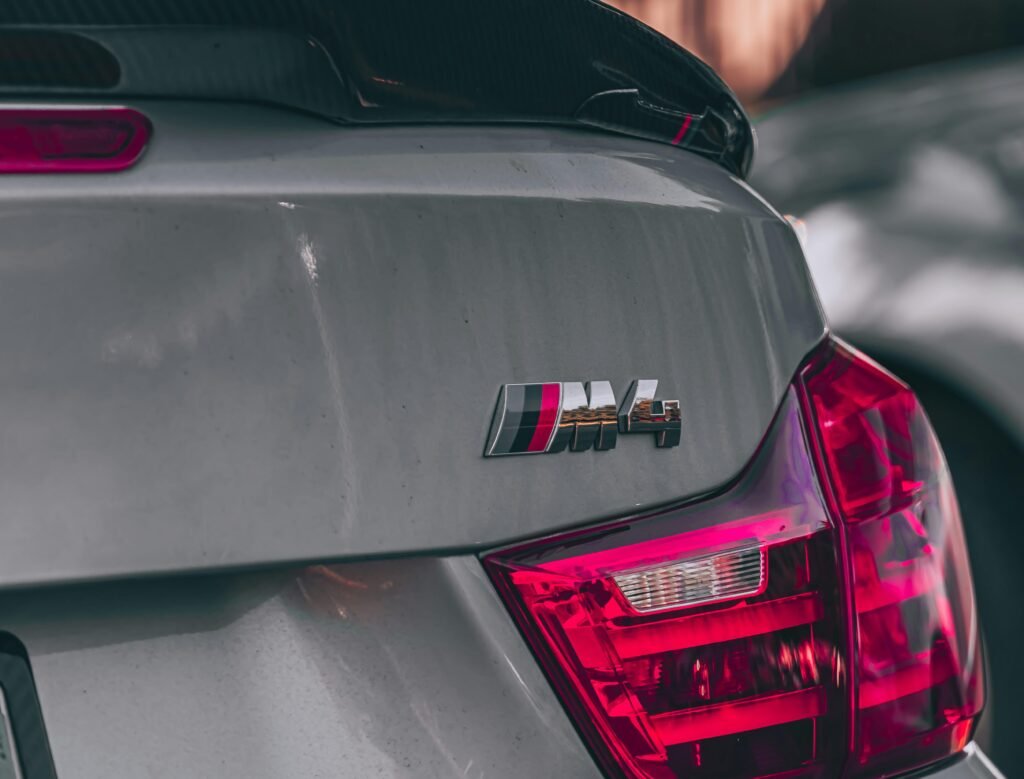

Driving Experience
European sports cars are often praised for their refinement, precision handling, and luxurious feel. A Porsche 911 delivers an incredible balance of power, weight distribution, and comfort, making it an excellent choice for both track days and daily driving. Ferraris and Lamborghinis, on the other hand, give you that raw, high-revving, emotional driving experience that few cars can match (Top Gear, “Why Ferrari Hates Modifications”).
JDM cars, on the other hand, offer a more “raw” driving feel. Cars like the Mazda RX-7 and Honda S2000 are lightweight, nimble, and require skill to master. They may not have the refined interior of a BMW M4, but they make up for it with a connection between driver and machine that few European cars can match at their price point (Super Street Magazine, “Best JDM Cars for Tuning”).
Price
Advantage- JDM.
If you want a high-performance sports car without taking out a second mortgage, Japanese cars offer way more bang for your buck. You can pick up a used Nissan 370Z, Mazda MX-5 Miata, or Subaru BRZ for a fraction of what you’d pay for a Porsche Cayman or BMW M2. Even if you want something more extreme, a used R35 GT-R costs significantly less than a new Audi R8 or Mercedes-AMG GT while delivering similar (if not better) performance (MotorTrend, “The Evolution of the Nissan GT-R”).
European sports cars, however, are seen as status symbols. Owning a Ferrari or a McLaren isn’t just about performance—it’s about prestige, craftsmanship, and exclusivity. If money is no object, European cars often offer superior materials, cutting-edge tech, and a more “premium” experience.
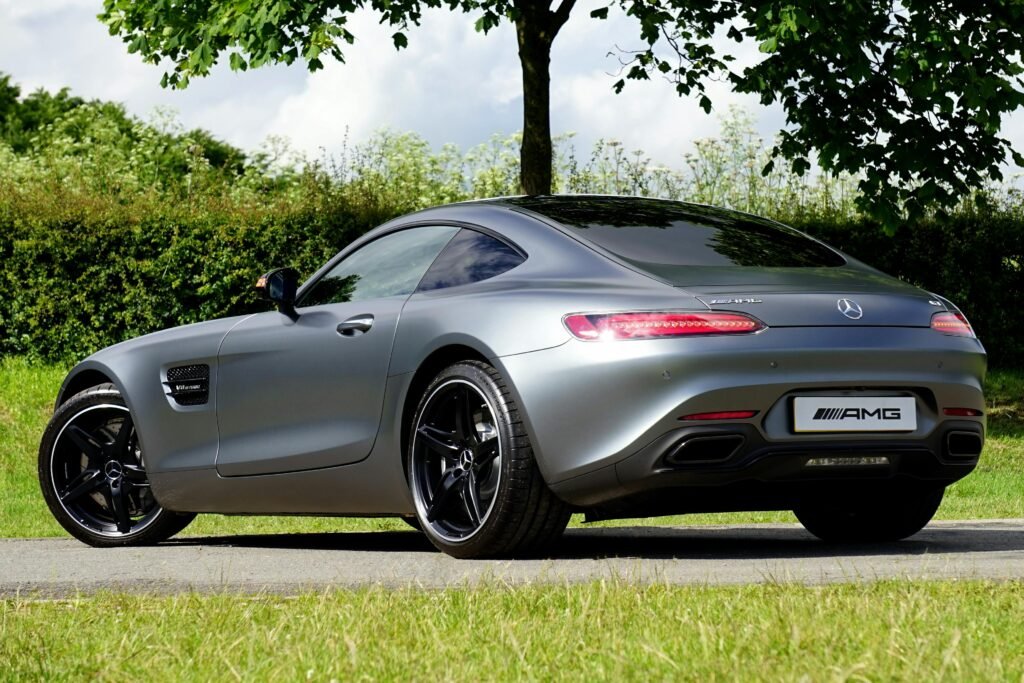
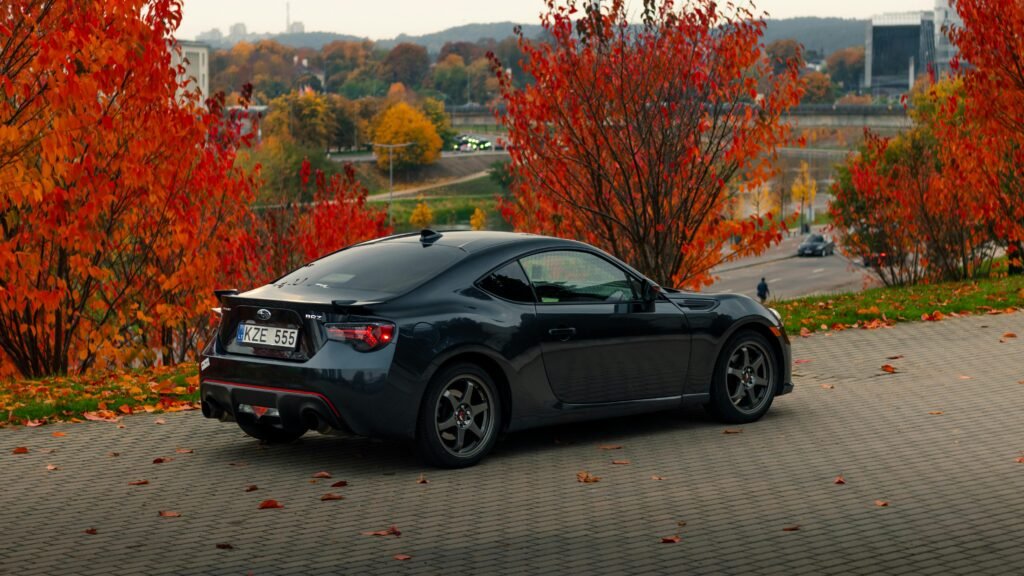
Conclusion
So, which is better? Honestly, there’s no definitive answer because it depends on what you want out of a car. If you want a high-end, luxurious, technologically advanced machine that turns heads and offers top-tier performance, a European sports car is probably the way to go.
But if you’re after reliability, tuning potential, raw driver engagement, and value for money, JDM cars are hard to beat.
At the end of the day, whether you prefer a high-revving naturally aspirated Honda, a twin-turbo Nissan, or a roaring BMW M5, the best car is the one that puts the biggest smile on your face. A boring statement, but true.

